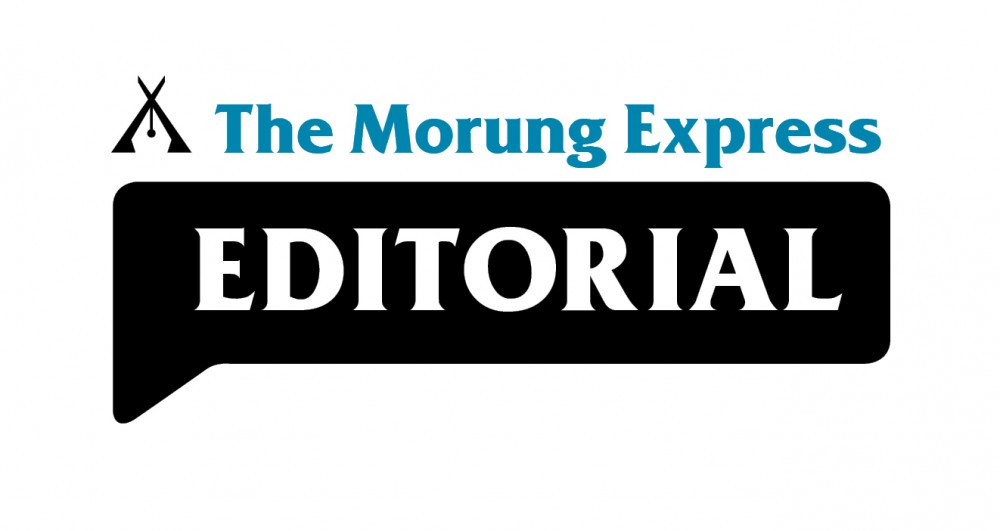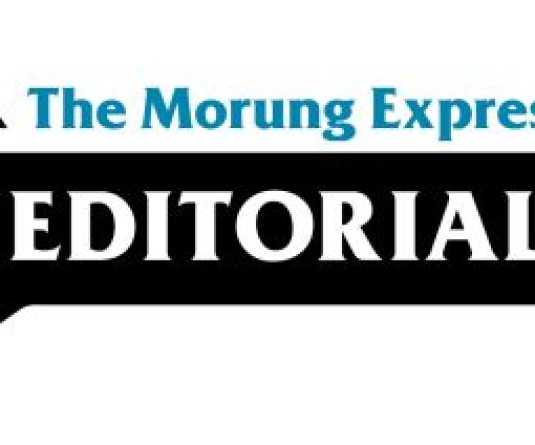
Imlisanen Jamir
The couple of weeks leading up to the consultative meeting between civil society organizations and the Nagaland State Government on the Registration of Indigenous Inhabitants of Nagaland (RIIN) saw media outlets in the state do an admirable job at presenting voices scrutinizing the government’s proposal.
But with the actual meeting held on July 17; it was a whole different thing.
July 17 was an example of how the state, regardless of which party is in power, has always treated local journalists. Reporters went to the venue on that day only to be inexplicably informed that a public consultation on an issue as important as the RIIN was a closed door affair. This was followed by an official press release from the government informing that the meeting had resolved to agree with the RIIN, albeit with a caveat that left the door open for more consultations. It was typical political jargon we have come to expect of governments—saying a lot without really saying anything.
But the issue here is not the RIIN; it is about the way public information is communicated. Tensions between journalists and public information officers — “hacks and flacks” in the vernacular — aren’t new, of course. Reporters have always wanted more information than government officials have been willing or able to give.
Access for the press, on critical issues and not PR propaganda, has always been a scarce resource, especially for media houses in places like Nagaland. And it appears to be becoming even rarer, with governments increasingly trying to control the message.
None of this is to say that access-bound media was ideal, or anything close. A reporter that depends on access to a compelling subject is by definition a reporter compromised. A publication that depends on cooperation from the world that it specializes in is likewise giving up something in terms of its ability to tell the truth about it.
However, the case here is different. We now have a situation where the state only says what they’re comfortable telling the people about.
One of the reasons the state perceives that it doesn’t need traditional media is because they now have other avenues where the message can be controlled. Where a publication’s tendency to curate or present itself as a coherent package seems out of place on a social platform.
Where a news organization concerns itself with a set of self-imposed rules stemming from a sense of responsibility as a complete source of Information, the state now concerns itself only with the material rules of its perceived context.
The relationship between the state and the media has always been built on an element of trust—we need to trust that you are getting us complete and accurate information; and you need to trust that we are going to use the information you provide properly and in the context it was intended.
However, now, increasingly, critical coverage for them is deemed an uncontrollable variable — an unnecessary risk — and in all honestly, forgoing it probably wouldn’t be bad for most of them.
At best we can consider this trait as a blatant sign of insecurity on the state’s part; and at worst a form of censorship — an attempt to control what the public is allowed to see and hear.
Comments can be sent to imlisanenjamir@gmail.com




